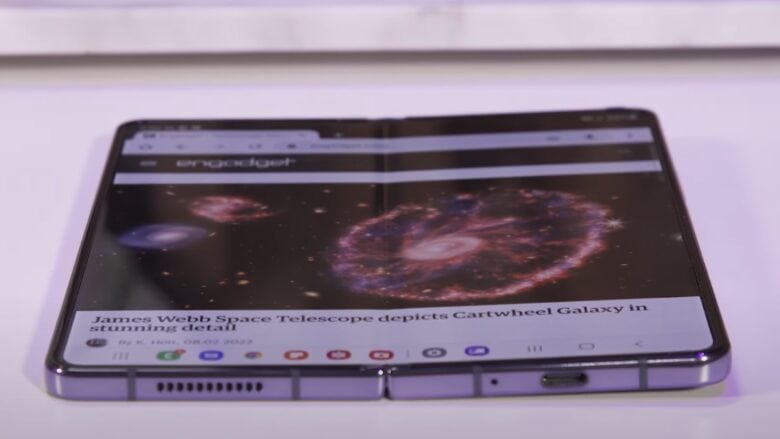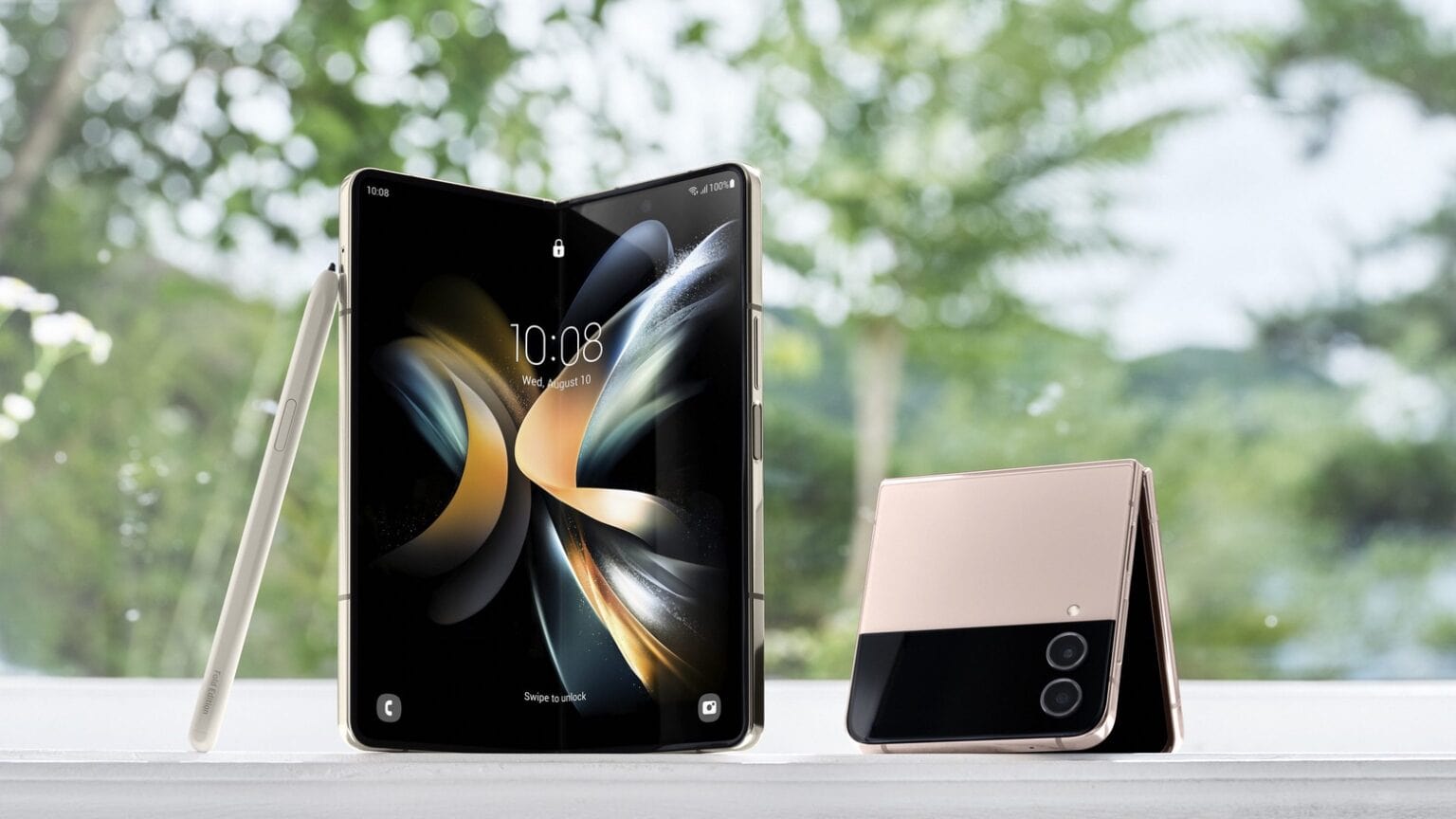The just-announced Samsung Galaxy Z Flip 4 and Galaxy Z Fold 4 offer the clearest evidence yet that Apple is correct to hold off on releasing a folding iPhone. Flexible screens still come with too many problems to be acceptable in an iPhone.
Of course, that didn’t stop Samsung from releasing handsets with these drawbacks.
Folding iPhone is the future
People clearly want bigger smartphone screens. Apple’s largest model is one of its bestselling, while its smallest is a dud. That’s why the 5.4-inch iPhone mini is being replaced with a 6.7-inch iPhone Plus.
But a 6.7-inch display is about as large as a practical handset can be. Any bigger and you’re carrying an iPad mini around everywhere.
The best way to continue increasing the screen size is with folding displays. With one of these in a handset, Apple could (theoretically) put an 8.3-inch display into a device the same length and width as the current iPhone 13 Pro Max. That would be a mini computer that’s both an iPhone and an iPad.
But the technology is not yet ready for an iPhone Fold. Too many problems with folding displays remain. Not that these serious drawbacks prevent Samsung from making its own foldable handsets.
Samsung displays marred by a crease

Screenshot: Engadget
You only need to glance at the newly unveiled Samsung Galaxy Z Flip 4 or Galaxy Z Fold 4 to see one reason Apple won’t release its own version with the current technology. A clearly visible crease crosses the middle of the devices’ flexible screens.
Take a look at Engadget‘s hands-on video of the Fold 4 to see the crease. The publication’s preliminary review of the Flip 4 says, “If you’re hoping for a life without creases, it’s not here just yet.”
iPhone users wouldn’t tolerate such an eyesore. Not even to get a 7.6-inch screen in a pocket-size handset.
Jaw-dropping price
As if the crease wasn’t enough, Samsung’s top-tier folding Android is also wildly expensive. The Galaxy Z Fold 4 costs $1,800.
At this point, flexible screens remain cutting-edge tech — and that makes them expensive. Too expensive for an iPhone. Samsung seems willing to position folding phones as pricey niche products with little mainstream appeal, but that’s not the way Apple does business.
The Z Flip 4 starts at a more affordable $1,000. But that model packs only a 6.7-inch screen, the same size as the largest iPhone 14 models. There’s no logic in putting up with a crease to get a display no bigger than current non-folding handsets.
Apple is undoubtedly exploring folding iPhone
There’s plenty of evidence that Apple wants to produce a folding iPhone eventually. For years, Cupertino’s engineers have been getting patents related to flexible handsets. They continue working on crease-free displays, hinge designs and bendable batteries, too.
Apple will make an iPhone Fold when the hardware and software finally become mature enough to produce a popular, mainstream device … without a screen crease or a ludicrously high price.
When it happens, it could look something like this concept from 2021:


